How will a designer, installer or end customer be able to integrate audio technologies into their unified communications? With these tips, they will be able to fulfill this goal without suffering too much.
Juan Tamayo*
Organizations want to have their unified communications, this means that the processes of transferring information and content are on the same platform, have email, calls, audios, text messages, and even video on the same managed space.
It may be the ideal solution for the client, but in most cases it is torture for engineers, designers and programmers, and it is because in the current technique we believe that everything should be done on the same technology, but I consider that it is a union of technologies that are staggered for a final result.
In this article I will talk about audio, because it is one of my strengths, but what will be explained here can be used in any other audiovisual technology. Currently on the market we have 4 leading technologies in the transmission of audio signals. The first one is a technology that has decades ago, the analog, where the audio signal is an electrical voltage that travels through a cable and is susceptible to induced electromagnetic noises, loss of energy by cable distance, defective connectors and its maintenance and installation costs are higher. But let's not be dramatic. Every communication signal requires analog operation, microphones and speakers will always have an analog element, even if it is a small process, do not be afraid of analog.
The second technology in antiquity is the most used protocol in live events and broadcast. MADI is a protocol that has two transmission models, the first of them is on coaxial cable with BNC connector and an operating impedance of 75 ohms, the second transmission model is over fiber optics, in the first we have a distance of up to 100 meters while in fiber optics you can reach 2000 meters without problems. The interesting thing about this transmission model is that it is plug and play, I only connect with a set pre-route and it works without problem. The problem is that I can't use existing networks as a data network to connect it (in its traditional model).
The following two technologies are very similar, even sharing a structure based on the famous AES67 protocol, these are AVB and Dante. These protocols work on the premise of streaming audio packaged over IP, but between them they cannot communicate (partially). Therefore, these technologies will require a data infrastructure, IT management, and other considerations that courses in these technologies can teach.
Now, with this small introduction of technologies, how will a designer, installer or end customer be able to integrate audio technologies into their unified communications? And paper can always fight against everything, in design it is easier, but with these tips I think you can meet this goal without suffering too much.
My first piece of advice, choose a base technology that will transmit the information as if it were the backbone of audio. This technology must be compatible with your project's unified communications master station or technology. Additionally, this technology must be flexible in the connection of peripheral points, and its management must be remote. So with this tip we have only 2 technologies out of the 4 we talked about. Both AVB and Dante have an infinity of products that meet to be the backbone.
 Second tip, do not eliminate technologies that take time in the project, so you will reduce costs. And it is incredible how in projects we discriminate old equipment and treat it as obsolete, but many of these equipment can be used for the project and with the correct maintenance can be used and worked for years. Today there are solutions on the market that can convert or translate analog or digital signals into the solution that your project needs. For example, if you have MADI and need Dante or AVB you can buy a translator that converts it. And with inventory shortages, this can be a good solution. I recommend RDL, Appsys, Ferrofish and RME that have very interesting translation and connection solutions.
Second tip, do not eliminate technologies that take time in the project, so you will reduce costs. And it is incredible how in projects we discriminate old equipment and treat it as obsolete, but many of these equipment can be used for the project and with the correct maintenance can be used and worked for years. Today there are solutions on the market that can convert or translate analog or digital signals into the solution that your project needs. For example, if you have MADI and need Dante or AVB you can buy a translator that converts it. And with inventory shortages, this can be a good solution. I recommend RDL, Appsys, Ferrofish and RME that have very interesting translation and connection solutions.
Third tip, the clock in the transmission is the most important factor, because it indicates the audio moments. And it is that the synchrony in the unified processes allows communications to flow in the indicated time, generates order and, most importantly, avoids noises that can damage the main objective which is to deliver information.
Fourth and last tip, in any project always build a work plan for maintenance, supervision and review of communication processes, in this case in audio. So the administrator of unified communications must have a listening station to evaluate the transmission of signals, for AVB there is a very interesting tool that is the AVB Tool of RME, just as an example, because in Dante there are many other solutions. They should keep in mind that this listening station must not violate the company's privacy policies, so be sure to comply with internal rules.
Defining the audio backbone, taking into account existing equipment, quantifying clock needs, and building a roadmap can make your unified communications project successful. There will be many other characteristics to be taken into account such as transmission rate, number of input and output channels per physical connection port, technical capacity of operators among others. I invite you to prepare and prepare your customers for these technological migrations, because we are human beings who operate the systems, and if the human factor is not taken into account, the project will tend to fail.
If you require advice, consulting and help for the development of your project, do not hesitate to write to the magazine and with pleasure some professional who writes can route you on the right path.
*Juan Tamayo, CTS-D, is an electronic engineer and currently serves as Manager of T-Árbol Audiovisuales SAS, Product Applications Engineer for Latin America for International Sales and Support Engineer for Synthax Inc.



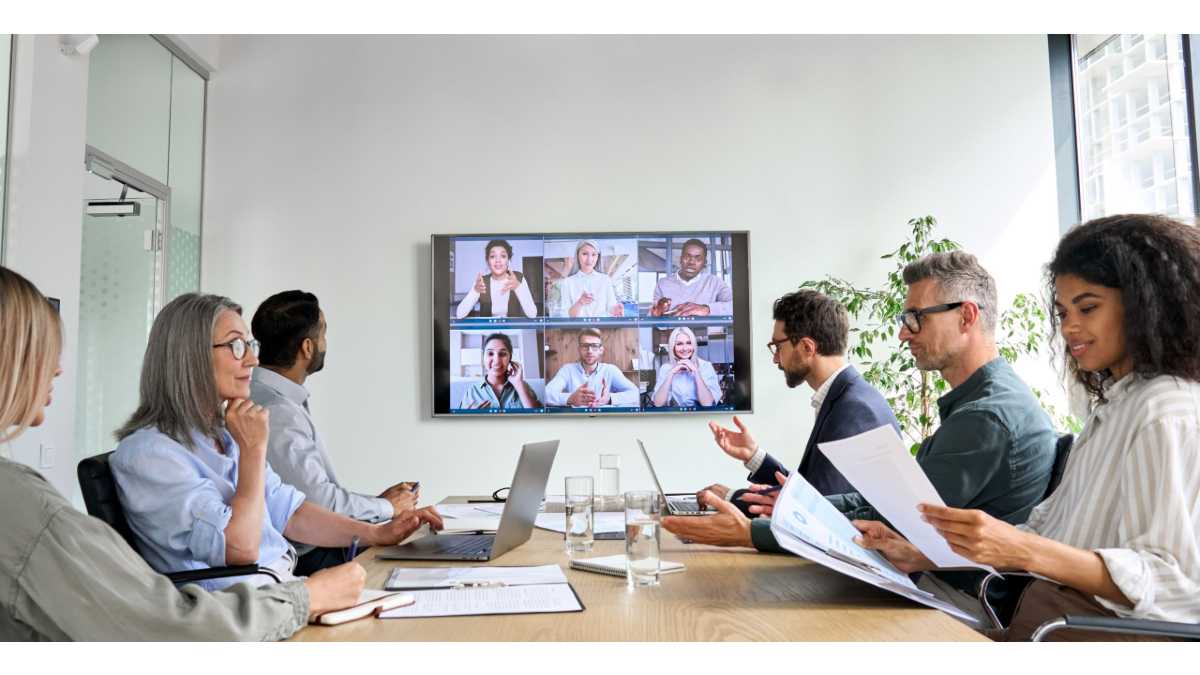

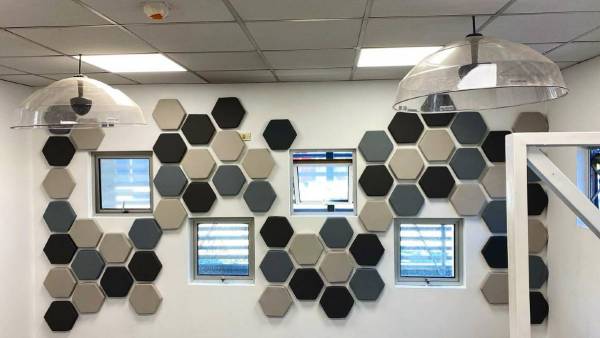
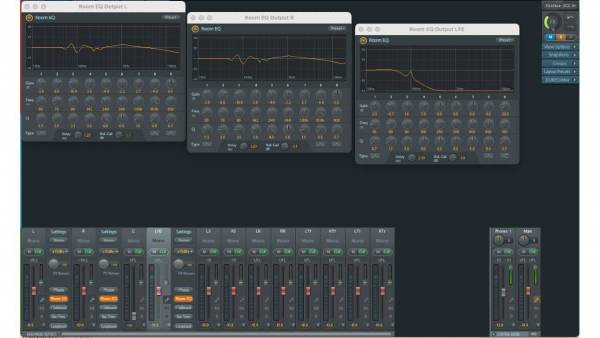
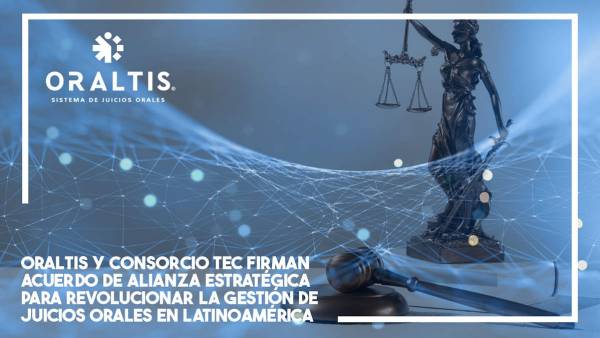
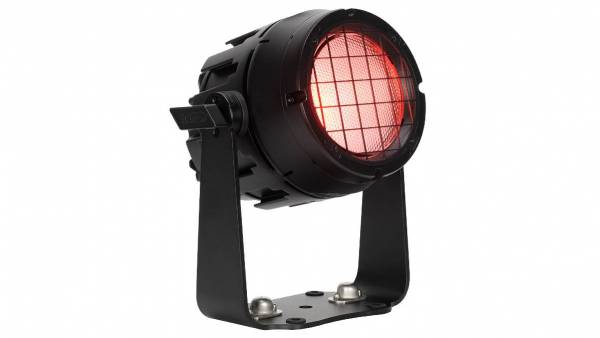

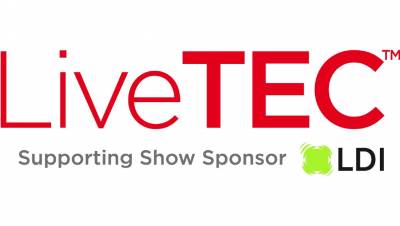

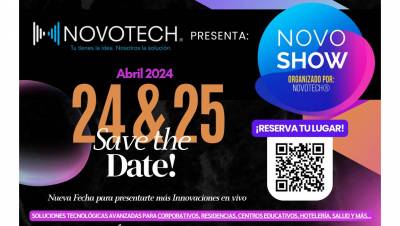






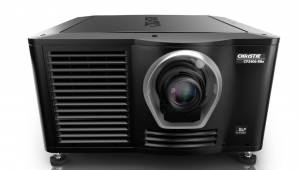







Leave your comment